DOI:10.32604/cmc.2022.026187

| Computers, Materials & Continua DOI:10.32604/cmc.2022.026187 |  |
| Article |
Energy Aware Secure Cyber-Physical Systems with Clustered Wireless Sensor Networks
1Department of Computer Engineering, College of Computers and Information Technology, Taif University, Taif, 21944, Saudi Arabia
2Department of Computer Science, College of Computing and Information System, Umm Al-Qura University,Saudi Arabia
3Department of Computer Science, College of Science & Art at Mahayil, King Khalid University, Abha, 62529,Saudi Arabia
4Department of Computer Science, College of Computer and Information Sciences, Prince Sultan University, Saudi Arabia
5Department of Computer and Self Development, Preparatory Year Deanship, Prince Sattam bin Abdulaziz University, AlKharj, Saudi Arabia
*Corresponding Author: Manar Ahmed Hamza. Email: ma.hamza@psau.edu.sa
Received: 17 December 2021; Accepted: 02 March 2022
Abstract: Recently, cyber physical system (CPS) has gained significant attention which mainly depends upon an effective collaboration with computation and physical components. The greatly interrelated and united characteristics of CPS resulting in the development of cyber physical energy systems (CPES). At the same time, the rising ubiquity of wireless sensor networks (WSN) in several application areas makes it a vital part of the design of CPES. Since security and energy efficiency are the major challenging issues in CPES, this study offers an energy aware secure cyber physical systems with clustered wireless sensor networks using metaheuristic algorithms (EASCPS-MA). The presented EASCPS-MA technique intends to attain lower energy utilization via clustering and security using intrusion detection. The EASCPS-MA technique encompasses two main stages namely improved fruit fly optimization algorithm (IFFOA) based clustering and optimal deep stacked autoencoder (OSAE) based intrusion detection. Besides, the optimal selection of stacked autoencoder (SAE) parameters takes place using root mean square propagation (RMSProp) model. The extensive performance validation of the EASCPS-MA technique takes place and the results are inspected under varying aspects. The simulation results reported the improved effectiveness of the EASCPS-MA technique over other recent approaches interms of several measures.
Keywords: Intrusion detection system; metaheuristics; stacked autoencoder; deep learning; cyber physical energy systems; clustering; wsn
Advances in technologies have been shifting computation to a wide-ranging of devices, involving phones, toys, and home appliances. Besides improving their computational abilities, advancements are also enabling this device to communicate with one another for achieving common or individual objectives which they are unable to attain individually [1]. These abilities are bringing novel development and research opportunity to a wide-ranging of application fields, like intelligent road safety, smart grid, and healthcare [2]. Also, they are bringing additional problems regarding the control of the physical environments and computational abilities have become an essential component. The idea of Cyber Physical System (CPS) has developed as a potential tool in which the operation of the engineered and physical schemes is integrated, monitored, controlled, and coordinated with the help of communication and computing core [3,4]. In this technique, embedded devices, sensors, and actuators are networked for controlling, sensing, and monitoring the physical environment. The growing pervasiveness of wireless sensor networks (WSN) in various applications makes this technology a significant element of CPS design [3]. WSN is mainly deployed as interfaces where situ data are gathered from or about the physical environments and then transmitted to the interfaces and cyber environment where novel parameters or instructions are injected from the cyber environments to the physical world.
Previously, various clustering protocol focuses on the multihop inter-clustering [5] among the base station (BS) and the cluster heads (CH) for increased durability of the network, but only a few considered the intra-cluster transmission (among their CH and devices). The structure of clustering process is shown in Fig. 1. Existing intra-clustering systems [6]. Usually consider direct connections among their CHs and Cluster Members (CMs), hence, a considerable amount of clusters is created. In a largescale network, the distance among their CHs and nodes mayn’t be comparatively short for transmission. Thus, direct transmission becomes obstructive, and k-hop intra-clustering transmission must be used for ensuring the network scalability. Even though information and communication technology (ICT) is progressed highly in CPS, but still cyber-security is considering a major problem in various fields. The most complex vulnerability in CPS is intrusion hazard. Over the last few years, they paid close attention to the development of CPS security [7]. Intrusion detection system (IDS) is the most significant application to maximize the security of CPS. Usually, The IDS method is employed to efficiently avoid attacks. In 1980, Anderson proposed the concept of IDS, which is followed by a great amount of researchers on IDS. Generally, IDS methods are classified into 2 main categories: anomaly and misuse predictions. At first, feature of familiar attacks is employed for misuse predictions. Now, the audited data is associated with the dataset and stated as an intrusion. Though misuse detector generates the minimal false positive (FP) rate, this detector has huge drawbacks. For instance, using this detector, maximizing and developing a wide-ranging dataset represents a challenging task, and familiar attacks are predicted [8–10].
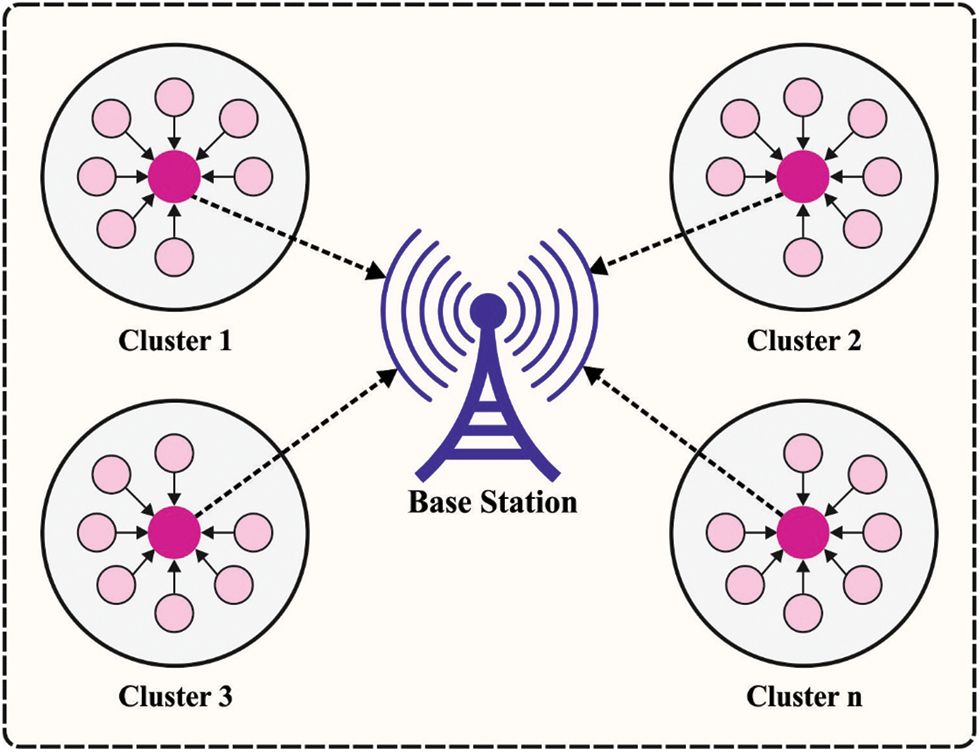
Figure 1: Overview of clustering process in CPS
Otoum et al. [11] developed a relative analysis of Artificial Intelligence (AI)-driven IDS for wirelessly connected sensor which tracks critical application. Particularly proposed a thorough review of the usage of machine learning (ML), deep learning (DL), and reinforcement learning (RL) solutions to recognize intrusion behaviors in the gathered traffics. Liu et al. [12] examine a hierarchically distributed IDS which searches for achieving the all-around security protection of CPS as per the system architecture and attack kinds. This could implement a joint recursive prediction of measurement noise covariance matrices, dynamic system state, and time-varying process by the variation Bayes approximation architecture.
In [13], a heterogeneous clustering based secured routing system is presented which offers trust based secured network for detecting black hole and wormhole attacks created by malicious node existence in wireless Adhoc network. The experimental results show that the presented method identifies the malicious node efficiently in wireless Adhoc network. Alqahtani et al. [14] developed a hierarchical DL scheme based on big data for additionally boosting the efficacy of IDS-based ML method. It employs content-functional and behavioral functionality to capture content details and network traffic. All the DL models in the presented architecture aim at learning the certain data distribution in an individual cluster. Quincozes et al. [15] investigate how Feature Selection might enhance IDS precision. Especially, presented and adopted Greedy Randomized Adaptive Search Procedure (GRASP) metaheuristics model for improving the classification accuracy in CPS perception layers. Singh et al. [16] focused on faster prevention and detection of intrusion with an ML method based Gaussian Process Regression (GPR) technique. Also developed three models based feature scaling for precise estimation of k-barrier coverage possibility.
This paper presents energy aware secure cyber physical systems with clustered wireless sensor networks using metaheuristic algorithm (EASCPS-MA). The presented EASCPS-MA technique plans to reach lower energy utilization via clustering and security using intrusion detection. The EASCPS-MA technique encompasses two main stages namely improved fruit fly optimization algorithm (IFFOA) based clustering and optimal deep stacked autoencoder (OSAE) based intrusion detection. Besides, the optimal selection of stacked autoencoder (SAE) parameters takes place using root mean square propagation (RMSProp) model. The extensive performance validation of the EASCPS-MA technique takes place and the results are inspected under varying aspects.
The rest of the paper is organized as follows. Section 2 introduces the proposed model and Section 3 validates the performance of the proposed model. Lastly, Section 4 draws the conclusion.
In this study, an effective EASCPS-MA technique has been presented to reach lower energy utilization via clustering and security using intrusion detection in CPES environment. The EASCPS-MA technique encompasses two main stages namely IFFOA based clustering and SAE based intrusion detection. Besides, the optimal selection of SAE parameters takes place using RMSProp model. The detailed processes involved in two stages are offered in the succeeding sections.
2.1 Process Involved in IFFOA Based Clustering Technique
Basic FOA is stimulated by the foraging behavior of fruit flies (FFs). The foraging performance of FFs are divided as to visual and olfactory search stage. During the olfactory foraging, FF places and search food source nearby the population, after evaluating the smell concentration (SC) respective for all feasible food source. During the visual foraging step, an optimum food source with higher odor concentration value is revealed, afterwards the FF group flies near it [17]. Based on the food search features of FF swarm, the FOA is separated as to many stages as follows:
Initialization the parameters of FOA like the maximal iteration number the population size, a primary FF swarm place
To provide an arbitrary place
Primarily, compute the distance of food place to origin (D). Afterward, calculate the SC judgment value (S) that is the reciprocal of distance of the food place to the origins.
Exchange the SC judgment value (S) with SC judgment function (is also named as FF) for finding the SC (Smell) of individual place of FF.
Define the FF with higher SC and the equivalent place amongst the FF swarm.
Maintain the maximum SC value and co-ordinates
The circulation stops if the SC is no longer higher than the preceding iterative SC or once the iterative number obtains the higher iterative number.
Rather than creating novel solution by altering each decision variable of the population locations such as the original FOA, IFFOA creates novel solution by arbitrarily electing indexes to improve the search.
where,
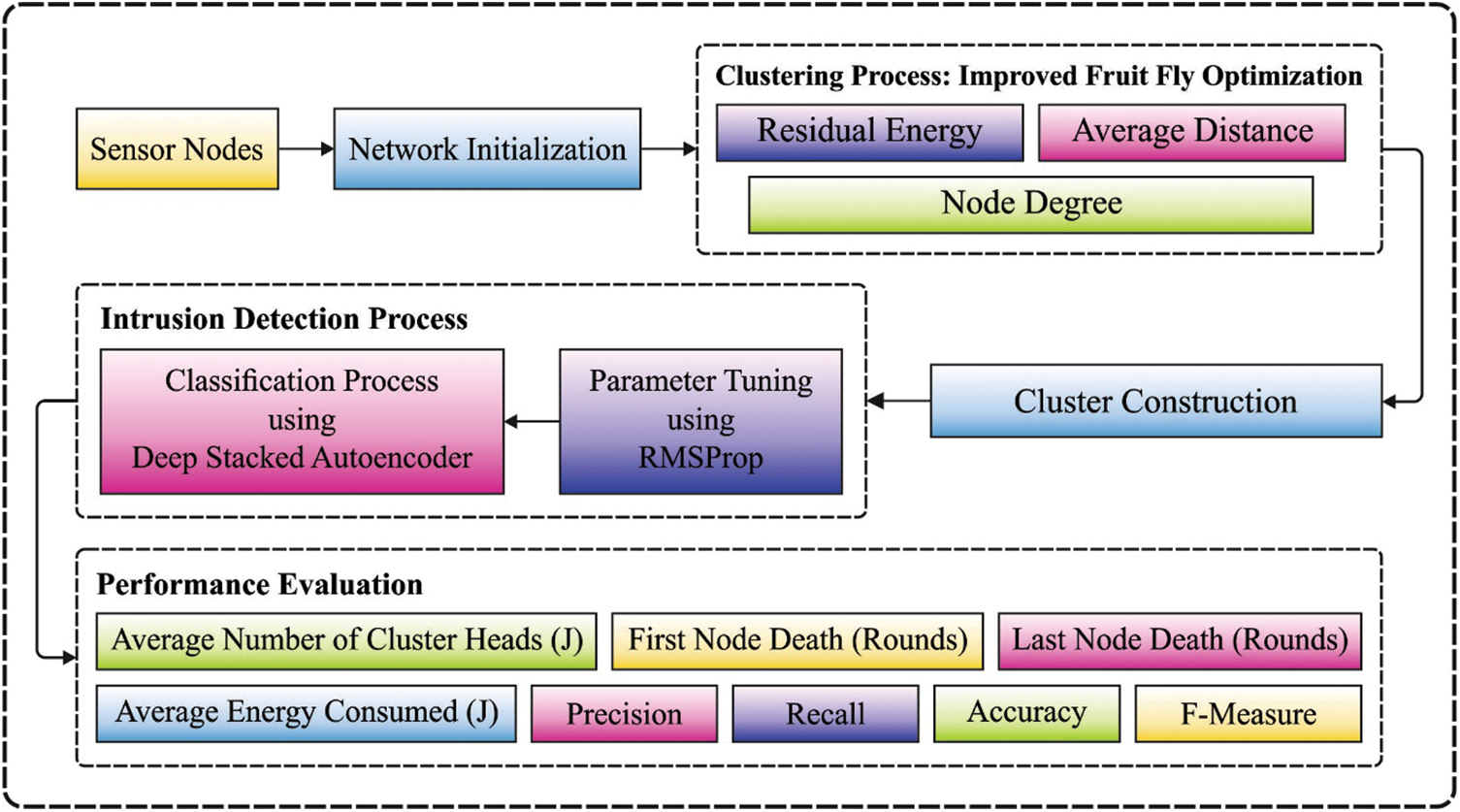
Figure 2: Overall pipeline of EASCPS-MA technique
Whereas
In which
While
Furthermore, the AADTN indicates the average value of distance of the neighboring SN from their 1-hop transmission range.
Here
At a time t, the DEG denotes the SN degree represents the number of neighboring nodes present to SN as:
where
2.2 Process Involved in OSAE Based Intrusion Detection Technique
At this stage, the OSAE model can be applied for the detection and classification of intrusions. The SAE employed in this work was proposed by several Logistic Regression (LR) and autoencoder (AE) layers [18]. The AE is a basic unit of SAE classification model. It is made up of decode or reconstruction phase (Layer 2 to Layer 3) and encoder phase (Layer 1 to Layer 2). This procedure is shown as (1) and (2), whereas
Several AE layer is jointly stacked in unsupervised pretraining stage (Layer 1 to 4). The second depiction
The reconstructing error is constrained under the application of gradient descent (GD). The weights should be upgraded according to the Eqs. (23)–(25) whereas
When the layer is pre-trained, a model is supervised under finetuning phase. From supervised fine-tuning phase, an LR layer was added in an output layer of unsupervised pretrained stage. In the study, probability with input vector
For optimal parameter tuning of the SAE model, the RMSProp model can be utilized to increase the detection rate. is an optimization method developed in [19]. To additionally enhance the loss function in the upgrade of the problems of excessive swing and accelerate the convergence function, RMSProp method utilized the differential squared weighted average for the gradient of bias b and weight W. The sum of squares of past gradient is small owing to gentler direction, which results in small learning drop.
whereas

This section investigates the performance analysis of the EASCPS-MA technique with recent methods [19,20] in terms of different measures. Tab. 1 and Fig. 3 offer the average number of CHs (ANCH) analysis of the EASCPS-MA technique with other methods under dissimilar nodes. The results show that the EASCPS-MA technique has offered lower ANCH under all nodes. For instance, on 200 nodes, the EASCPS-MA technique has provided a minimum ANCH of 56 whereas the multihop low energy adaptive clustering hierarchy (MH_LEACH), Mezghani, and Distributed Clustering based 2-Hop Connectivity (DC2HC) techniques have attained maximum ANCH of 149, 78, and 72 respectively. Also, on 1000 nodes, the EASCPS-MA technique has gained a reduced ANCH of 76 whereas the MH_LEACH, Mezghani, and D2MHC techniques have obtained increased ANCH of 235, 110, and 98 respectively.

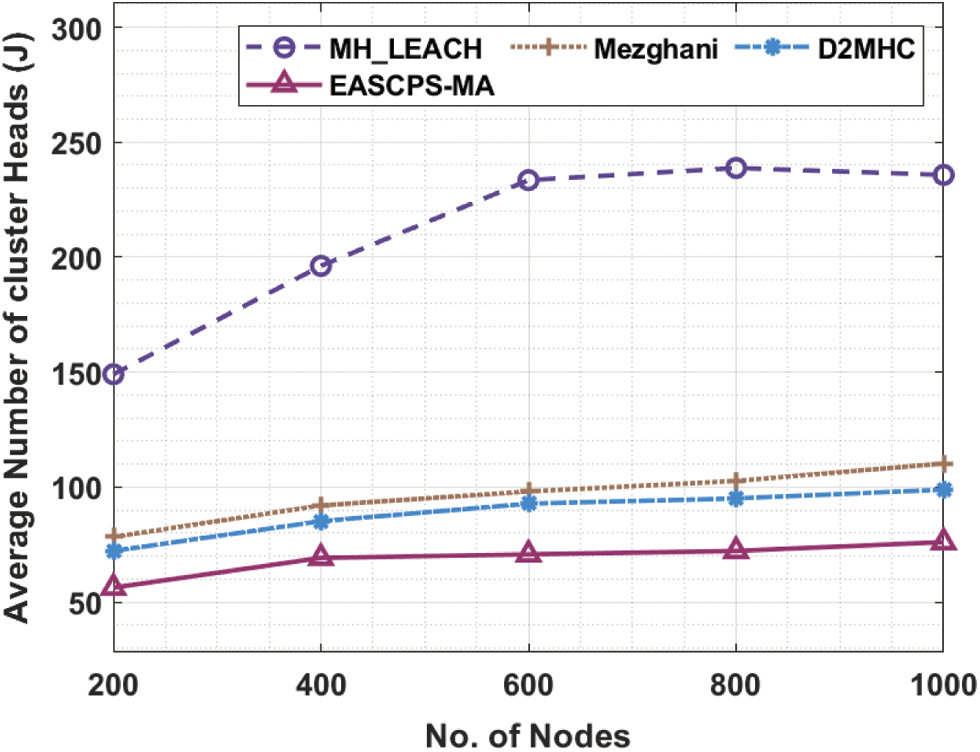
Figure 3: Comparative ANCH analysis of EASCPS-MA technique
Tab. 2 and Fig. 4 depict the average energy consumed (ACM) analysis of the EASCPS-MA technique with existing techniques under dissimilar nodes. The experimental values defined that the EASCPS-MA technique has resulted in decreased ACM under all nodes. For instance, on 200 nodes, the EASCPS-MA technique has attained a lower ACM of 4.92J whereas the MH_LEACH, Mezghani, and D2MHC techniques have provided higher ACM of 8.03J, 16.39J, and 9.20J respectively.In addition, on 1000 nodes, the EASCPS-MA technique has resulted to least ACM of 18.91J whereas the MH_LEACH, Mezghani, and D2MHC techniques have reached to raised ACM of 51.16J, 49.22J, and 35.23J respectively.


Figure 4: Comparative AEC analysis of EASCPS-MA technique
The first node death (FNDH) and last node death (LNDH) analysis of the EASCPS-MA technique is inspected in Tab. 3. Fig. 5 examines the FNDH analysis of the EASCPS-MA technique under distinct nodes and the experimental results reported that the EASCPS-MA technique has gained improved lifetime. For instance, with 200 nodes, the EASCPS-MA technique has reached improved FNDH of 1476 rounds whereas the MH_LEACH, Mezghani, and D2MHC techniques have attained reduced FNDH of 1476, 1709, and 1969 rounds respectively. Moreover, on 1000 nodes, the EASCPS-MA technique has provided maximum FNDH of 2922 rounds whereas the MH_LEACH, Mezghani, and D2MHC techniques have accomplished minimum FNDH of 1697, 2565, and 2723 rounds respectively.

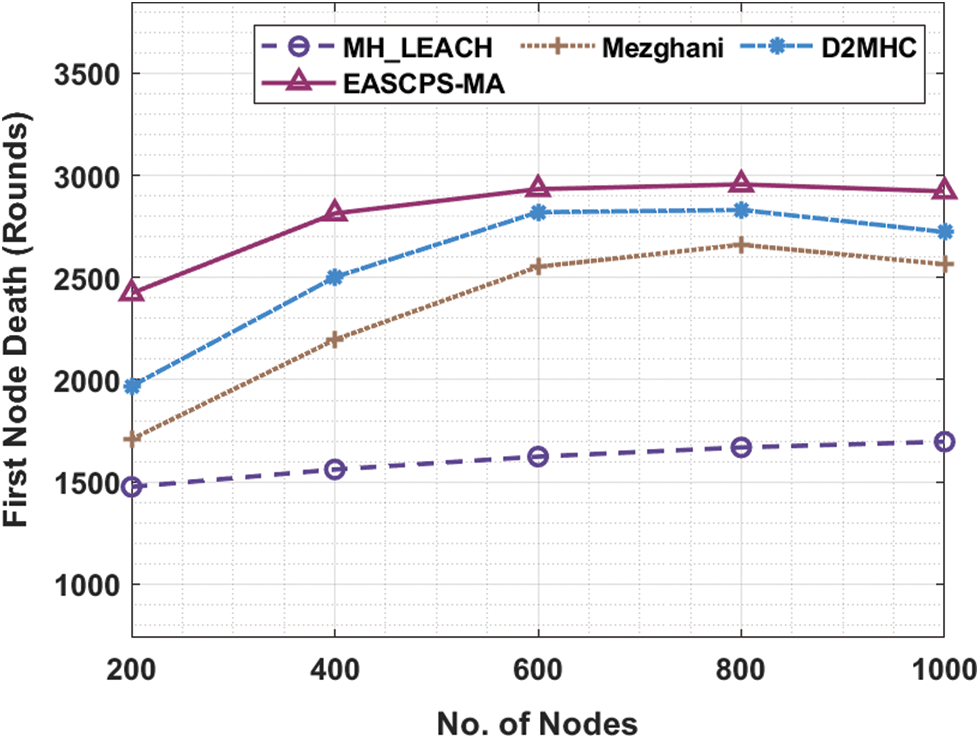
Figure 5: Comparative FNDH analysis of EASCPS-MA technique
Fig. 6 observes the LNDH analysis of the EASCPS-MA technique under distinctive nodes and the simulation outcomes revealed that the EASCPS-MA technique has extended to enhanced lifetime. For instance, with 200 nodes, the EASCPS-MA technique has demonstrated better LNDH of 29925 rounds whereas the MH_LEACH, Mezghani, and D2MHC techniques have attained reduced LNDH of 23901, 23270, and 29504 rounds respectively. Furthermore, on 1000 nodes, the EASCPS-MA technique has provided superior LNDH of 21379 rounds whereas the MH_LEACH, Mezghani, and D2MHC techniques have depicted inferior LNDH of 15496, 11363, and 16827 rounds respectively.
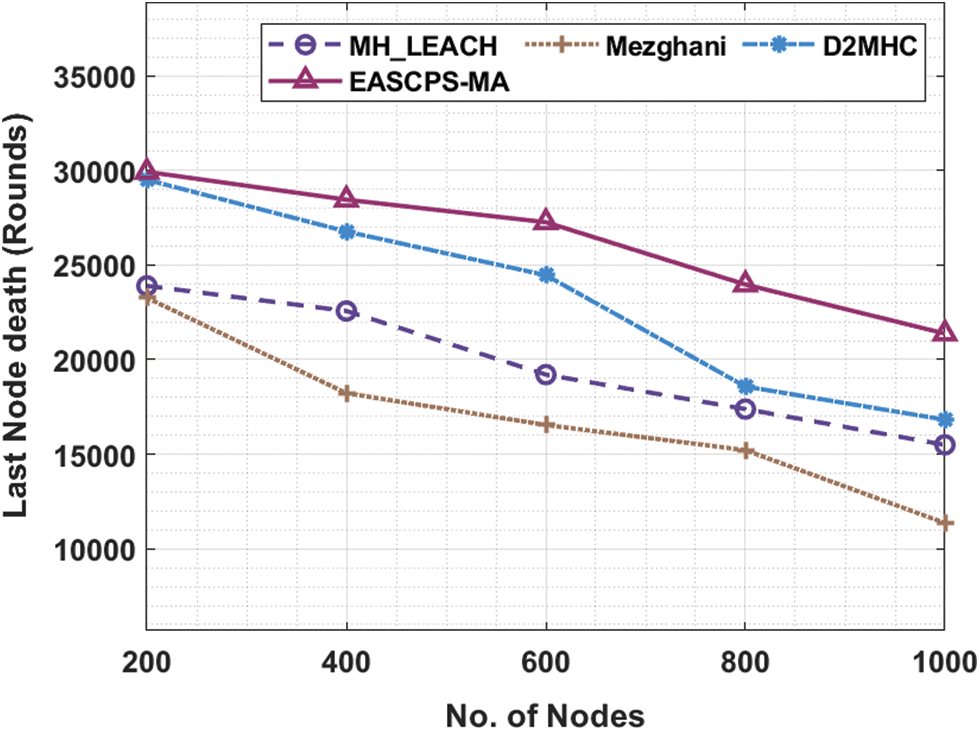
Figure 6: Comparative LNDH analysis of EASCPS-MA technique
An overall IDS results of the EASCPS-MA technique on the detection of several attacks are provided in Tab. 4 and Fig. 7. The results denoted that the EASCPS-MA technique has identified the DoS attacks with the

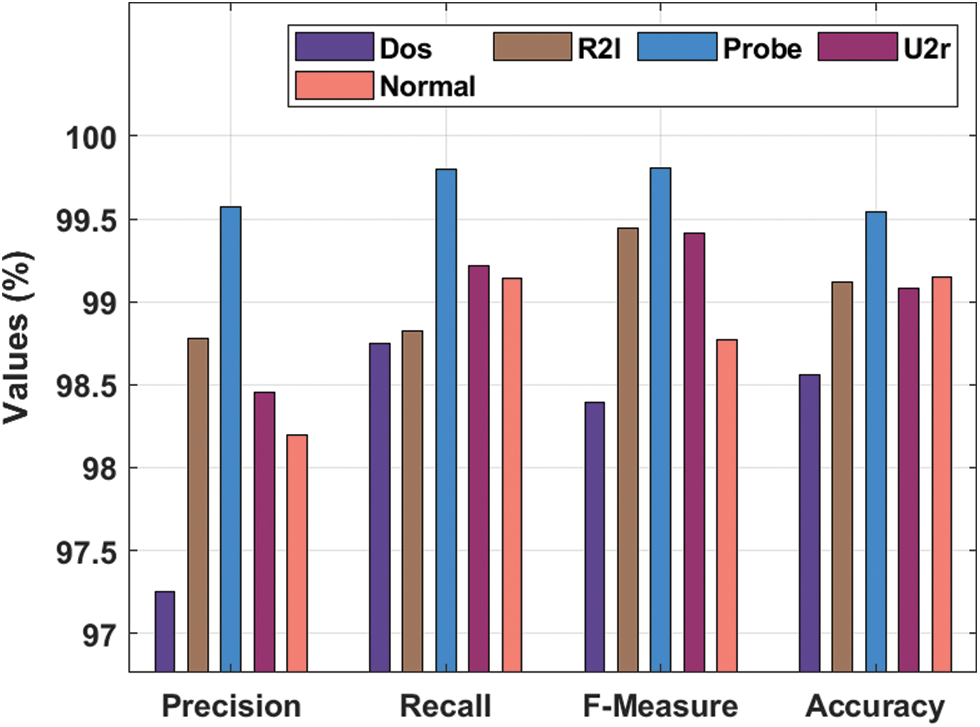
Figure 7: Overall intrusion detection analysis of EASCPS-MA technique
Finally, an overall comparison study of the intrusion results offered by the EASCPS-MA technique with recent methods in Tab. 5 and Fig. 8. The results show that the decision tree (DT) model has gained least outcome with the minimal values of the

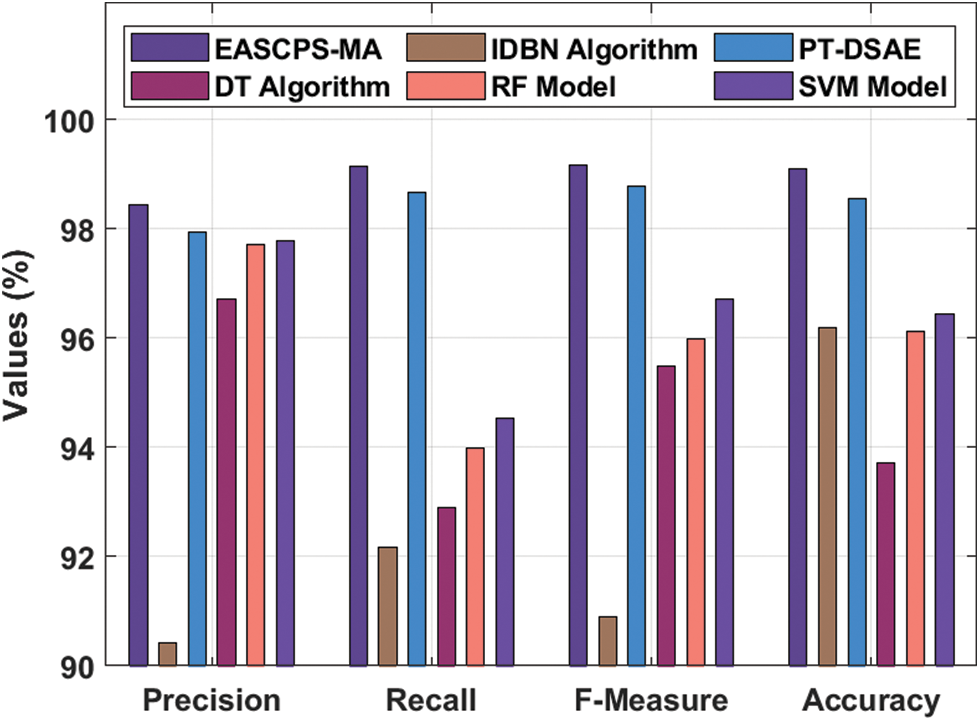
Figure 8: Comparison study of intrusion detection results of EASCPS-MA technique
Likewise, the PT-DSAE model has accomplished considerable outcomes with the
In this study, an effective EASCPS-MA technique has been presented to reach lower energy utilization via clustering and security using intrusion detection in CPES environment. The EASCPS-MA technique encompasses two main stages namely IFFOA based clustering and OSAE based intrusion detection. Besides, the optimal selection of SAE parameters takes place using RMSProp model. The extensive performance validation of the EASCPS-MA technique takes place and the results are inspected under varying aspects. The simulation results reported the improved effectiveness of the EASCPS-MA technique over other recent approaches interms of several measures. Therefore, the EASCPS-MA technique can be used as an effective tool for accomplishing energy efficiency and security. In future, the EASCPS-MA technique can be extended to the design of hybrid DL model to enhance security.
Funding Statement: This study was funded by the Deanship of Scientific Research, Taif University Researchers Supporting project number (TURSP-2020/195), Taif University, Taif, Saudi Arabia. The authors extend their appreciation to the Deanship of Scientific Research at King Khalid University for funding this work under grant number (RGP 2/25/43). The authors would like to thank the Deanship of Scientific Research at Umm Al-Qura University for supporting this work by Grant Code: (22UQU4310373DSR02). The authors would like to acknowledge the support of Prince Sultan University for paying the Article Processing Charges (APC) of this publication.
Conflicts of Interest: The authors declare that they have no conflicts of interest to report regarding the present study.
1. J. Cao and H. Li, “Energy-efficient structuralized clustering for sensor-based cyber physical systems,” in 2009 Symposia and Workshops on Ubiquitous, Autonomic and Trusted Computing. Brisbane, QLD, Australia, pp. 234–239, 2009. [Google Scholar]
2. N. Jabeur, N. Sahli and S. Zeadally, “Enabling cyber physical systems with wireless sensor networking technologies, multiagent system paradigm, and natural ecosystems,” Mobile Information Systems, vol. 2015, pp. 1–15, 2015. [Google Scholar]
3. I. Kabashkin, “Reliability of cluster-based nodes in wireless sensor networks of cyber physical systems,” Procedia Computer Science, vol. 151, pp. 313–320, 2019. [Google Scholar]
4. L. A. Laranjeira and G. N. Rodrigues, “Border effect analysis for reliability assurance and continuous connectivity of wireless sensor networks in the presence of sensor failures,” IEEE Transactions on Wireless Communications, vol. 13, no. 8, pp. 4232–4246, 2014. [Google Scholar]
5. C. Y. Lin, S. Zeadally, T. S. Chen and C. Y. Chang, “Enabling cyber physical systems with wireless sensor networking technologies,” International Journal of Distributed Sensor Networks, vol. 8, no. 5, pp. 489794, 2012. [Google Scholar]
6. D. V. Jose and G. Sadashivappa, “Mobile sink assisted energy efficient routing algorithm for wireless sensor networks,” World of Computer Science & Information Technology Journal, vol. 5, no. 2, pp. 16–22, 2015. [Google Scholar]
7. J. Goh, S. Adepu, M. Tan and Z. S. Lee, “Anomaly detection in cyber physical systems using recurrent neural networks,” in 2017 IEEE 18th Int. Symp. on High Assurance Systems Engineering, Singapore, pp. 140–145, 2017. [Google Scholar]
8. A. Kosek, “Contextual anomaly detection for cyber-physical security in smart grids based on an artificial neural network model,” in 2016 Joint Workshop on Cyber-Physical Security and Resilience in Smart Grids. Vienna, Austria, pp. 1–6, 2016. [Google Scholar]
9. Z. Kong, A. Jones and C. Belta, “Temporal logics for learning and detection of anomalous behavior,” IEEE Transactions on Automatic Control, vol. 62, pp. 1210–1222, 2017. [Google Scholar]
10. N. O. Aljehane, “A secure intrusion detection system in cyberphysical systems using a parameter-tuned deep-stacked autoencoder,” Computers Materials & Continua, vol. 68, no. 3, pp. 3915–3929, 2021. [Google Scholar]
11. S. Otoum, B. Kantarci and H. Mouftah, “A comparative study of ai-based intrusion detection techniques in critical infrastructures,” ACM Transactions on Internet Technology, vol. 21, no. 4, pp. 1–22, 2021. [Google Scholar]
12. J. Liu, W. Zhang, T. Ma, Z. Tang, Y. Xie et al., “Toward security monitoring of industrial Cyber-Physical systems via hierarchically distributed intrusion detection,” Expert Systems with Applications, vol. 158, pp. 113578, 2020. [Google Scholar]
13. V. Gomathy, N. Padhy, D. Samanta, M. Sivaram, V. Jain et al., “Malicious node detection using heterogeneous cluster based secure routing protocol (HCBS) in wireless adhoc sensor networks,” Journal of Ambient Intelligence and Humanized Computing, vol. 11, no. 11, pp. 4995–5001, 2020. [Google Scholar]
14. A. S. Alqahtani, K. A. Abuhasel and M. Alquraish, “On implementing a powerful intrusion prevention system focused on big data,” The Journal of Supercomputing, vol. 77, no. 12, pp. 14039–14052, 2021. [Google Scholar]
15. S. E. Quincozes, D. Passos, C. Albuquerque, L. S. Ochi and D. Mosse, “GRASP-based feature selection for intrusion detection in CPS perception layer,” in 2020 4th Conf. on Cloud and Internet of Things, Niteroi, Brazil, pp. 41–48, 2020. [Google Scholar]
16. A. Singh, J. Nagar, S. Sharma and V. Kotiyal, “A gaussian process regression approach to predict the k-barrier coverage probability for intrusion detection in wireless sensor networks,” Expert Systems with Applications, vol. 172, pp. 114603, 2021. [Google Scholar]
17. Y. Hou, J. Li, H. Yu and Z. Li, “BIFFOA: A novel binary improved fruit fly algorithm for feature selection,” IEEE Access, vol. 7, pp. 81177–81194, 2019. [Google Scholar]
18. W. Li, H. Fu, L. Yu, P. Gong, D. Feng et al., “Stacked autoencoder-based deep learning for remotesensing image classification: A case study of African land-cover mapping,” International Journal of Remote Sensing, vol. 37, no. 23, pp. 5632–5646, 2016. [Google Scholar]
19. F. Zou, L. Shen, Z. Jie, W. Zhang and W. Liu, “A sufficient condition for convergences of adam and RMSProp,” in 2019 IEEE/CVF Conf. on Computer Vision and Pattern Recognition, Long Beach, CA, USA, pp. 11119–11127, 2019. [Google Scholar]
20. M. S. Batta, H. Mabed, Z. Aliouat and S. Harous, “A distributed multi-hop intra-clustering approach based on neighbors two-hop connectivity for IoT networks,” Sensors, vol. 21, no. 3, pp. 873, 2021. [Google Scholar]
 | This work is licensed under a Creative Commons Attribution 4.0 International License, which permits unrestricted use, distribution, and reproduction in any medium, provided the original work is properly cited. |